Understanding Dyslexia – How Teachers Can Help
Understanding Dyslexia: An In-Depth Guide for Teachers
Dyslexia is a common learning disability that causes reading, writing, and spelling difficulties. It impacts up to 20% of the population. This in-depth guide will provide teachers with a thorough understanding of dyslexia – from characteristics and challenges to tailored teaching strategies and classroom accommodations. With proper support, students with dyslexia can thrive academically.
What is Dyslexia?
Dyslexia is a language-processing disorder caused by differences in brain structure and function. Students with dyslexia have trouble breaking down and manipulating the sounds in language, making it difficult to develop phonetic awareness and decoding skills needed to read fluently. Dyslexia is not tied to intelligence, yet impacts reading speed, accuracy, and comprehension.
Signs and Symptoms of Dyslexia
There are key signs of dyslexia teachers should look for:
- Difficulty decoding unfamiliar words and relying on memorization
- Letter reversals and transpositions
- Poor spelling and phonetic errors
- Slow, choppy, inaccurate reading
- Avoiding reading aloud
If these difficulties persist over time, testing for dyslexia is recommended. My daughter was tested for dyslexia at the Canterbury Dyslexia Centre in Kent.
Impact on Learning
Dyslexia makes it challenging for students to keep up with reading and writing assignments. They often have to put in double effort compared to peers, which can be frustrating and affect self-esteem. Dyslexia can also impact performance in other subject areas, if instructions rely heavily on reading and difficult vocabulary is not pre-taught. However, there is a real creative edge to dyslexia, Kate Griggs articulates this brilliantly in her Ted Talk
Teaching Strategies for Dyslexic Students
The good news is that with proper support, students with dyslexia can thrive in school. Once you begin understanding dyslexia you can more effectively support children. Here are effective teaching strategies for dyslexic children:
- Explicit phonics instruction using multi-sensory techniques
- Allow recorded material and audiobooks
- Teach study skills and reading strategies
- Provide written materials in advance
- Give step-by-step instructions verbally
- Allow alternative assessments besides writing
- Build fluency through repeated reading
- Focus on tapping strengths and enhancing talents
Why multisensory instruction is an effective approach for teaching dyslexic pupils
We write a lot about the importance of multisensory learning. But why is this approach effective for dyslexic pupils?
- Engaging Multiple Senses:
- Dyslexic learners often struggle with traditional, text-based learning due to difficulties in processing phonological information.
- By involving multiple senses (visual, auditory, kinesthetic), we tap into different pathways for information processing.
- Visual cues help reinforce memory, auditory input reinforces language connections, and kinesthetic experiences enhance overall understanding.
- Tactile Materials and Visual Aids:
- Tactile materials, such as tracing letters in sand or using textured surfaces, provide sensory feedback.
- When dyslexic pupils physically feel the shape of letters, it reinforces their memory and helps them internalize letter-sound associations.
- Visual aids, like colorful charts or letter cards, create visual anchors. Dyslexic learners benefit from visual cues that support auditory information.
- Movement and Kinesthetic Learning:
- Dyslexia is associated with challenges in phonological awareness and working memory.
- Incorporating movement (e.g., tracing, air writing, finger spelling) engages motor skills and reinforces letter-sound connections.
- For example, when a dyslexic child traces the letter “B” in sand while simultaneously saying its sound (“/b/”), they activate both visual and auditory pathways.
- Neurological Benefits:
- Multisensory activities stimulate various brain regions simultaneously.
- The angular gyrus, responsible for language processing, is more effectively engaged when multiple senses are involved.
- This approach strengthens neural connections, making it easier for dyslexic pupils to recognize and remember letters and sounds.
- Individualized Learning:
- Dyslexic learners vary in their strengths and challenges.
- Multisensory instruction allows teachers to tailor activities to each student’s preferences and needs.
- Some may respond better to visual cues, while others benefit from kinesthetic experiences.
In summary, multisensory instruction capitalizes on the brain’s plasticity and adaptability. By engaging multiple senses, dyslexic pupils can build stronger neural pathways, improve phonological awareness, and enhance overall literacy skills
Affirming The Strengths of Dyslexic Pupils in the Classroom.
Here are some ways teachers can tap into the strengths of dyslexic students in the classroom:
- Leverage their creativity – Dyslexic students tend to be very creative. Allow them to express ideas through art, music, drama, hands-on projects, and presentations that minimise writing.
- Encourage big-picture thinking – Students with dyslexia often excel at seeing the big picture and making connections. Allow time for discussion and concept mapping to utilize these strengths.
- Provide leadership opportunities – Dyslexia requires students to problem-solve and advocate for themselves. Tap these skills by allowing leadership roles in group work and class activities.
- Emphasize interactive learning – Dyslexic students typically learn best through experience, demonstration, and verbal exchange. Use manipulatives, experiments, debates, and interactive technology.
- Highlight narrative talents – Storytelling and expression often come naturally. Allow dyslexic students to demonstrate knowledge through oral narratives, without relying solely on writing.
- Build on spatial strengths – Students with dyslexia tend to have strong visual-spatial skills. Incorporate modelling, diagrams, multi-media tools, and hands-on projects.
- Focus on comprehension – Reduce focus on speed and accuracy in reading. Comprehension is a strength for many dyslexic students.
- Provide memory aids – Allow charts, formulas, spellcheckers and other aids to support rote memory tasks.
By providing opportunities that play to their strengths, students with dyslexia can gain confidence and demonstrate their capabilities in the classroom. With targeted interventions, a strength-based perspective, and appropriate accommodations, students with dyslexia can successfully meet grade-level expectations. By understanding dyslexia’s impact on learning, parents and teachers can be informed advocates in guiding students’ growth and achievement.
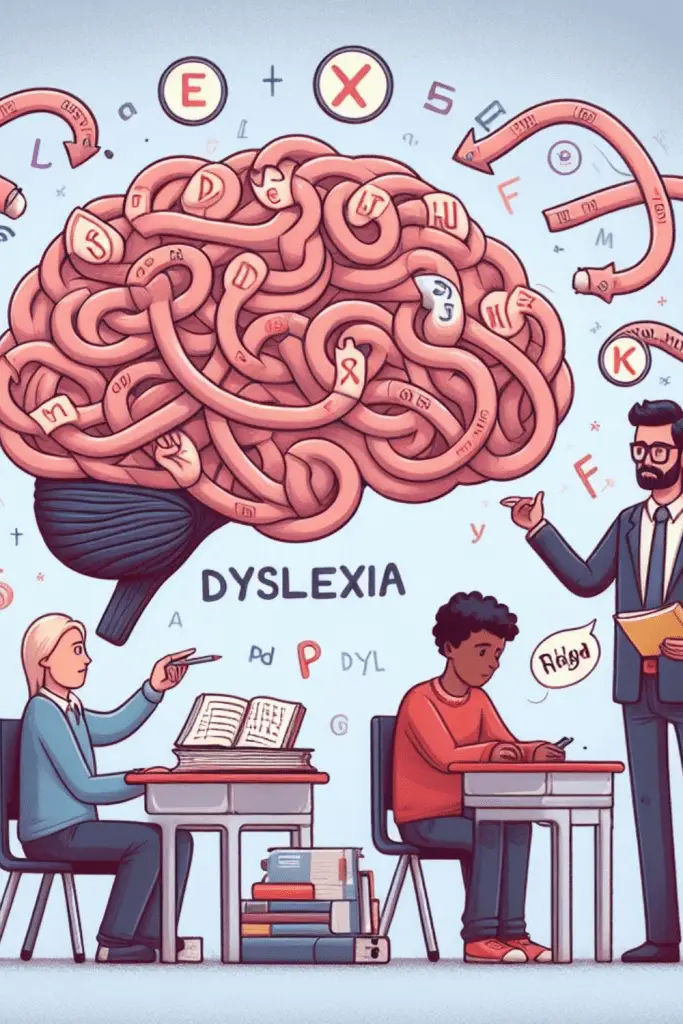

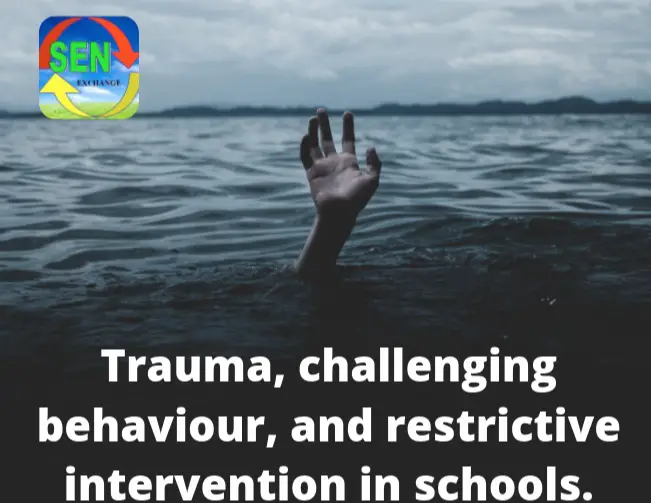
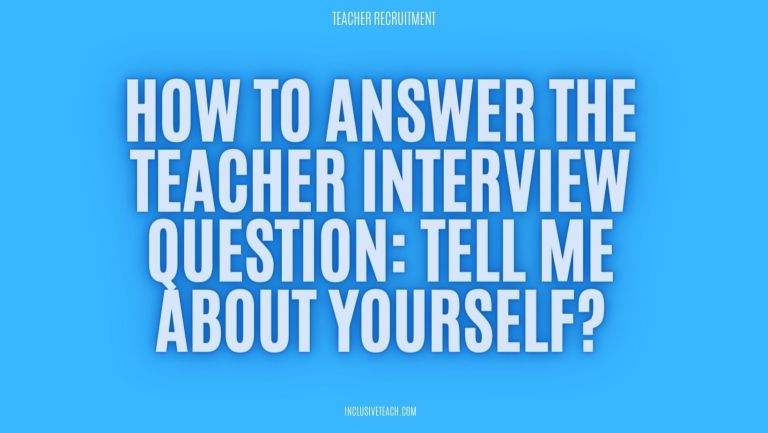
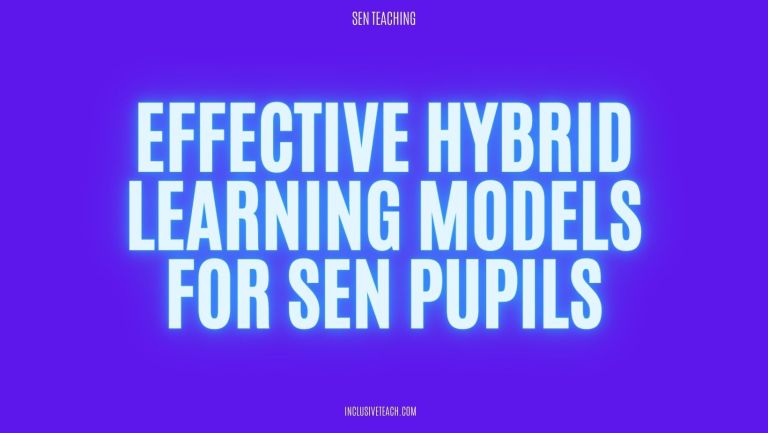
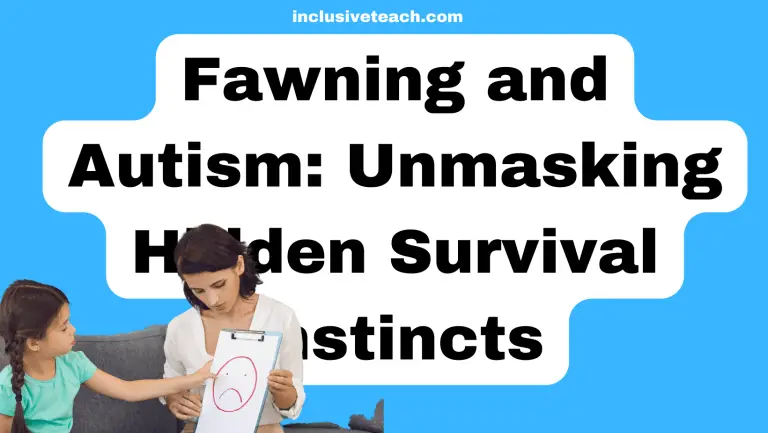

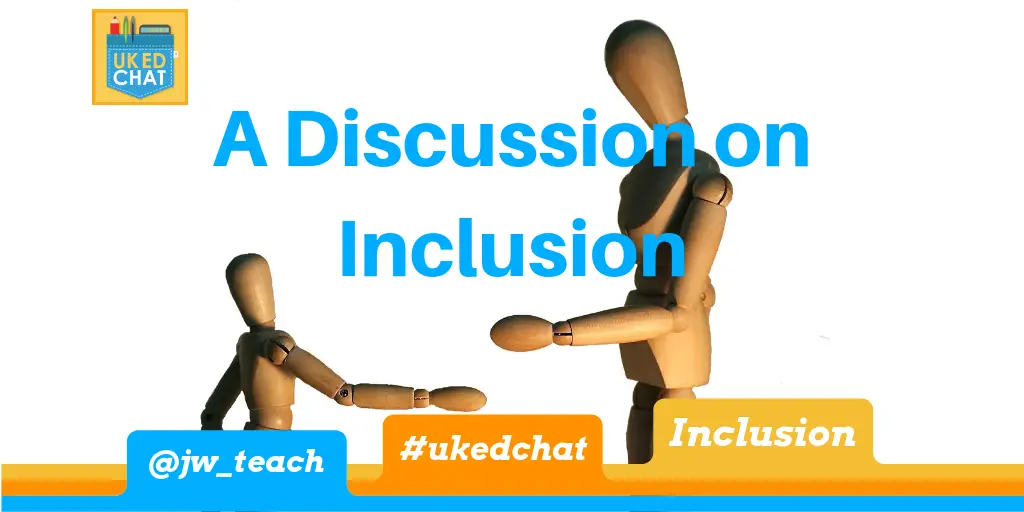
2 Comments